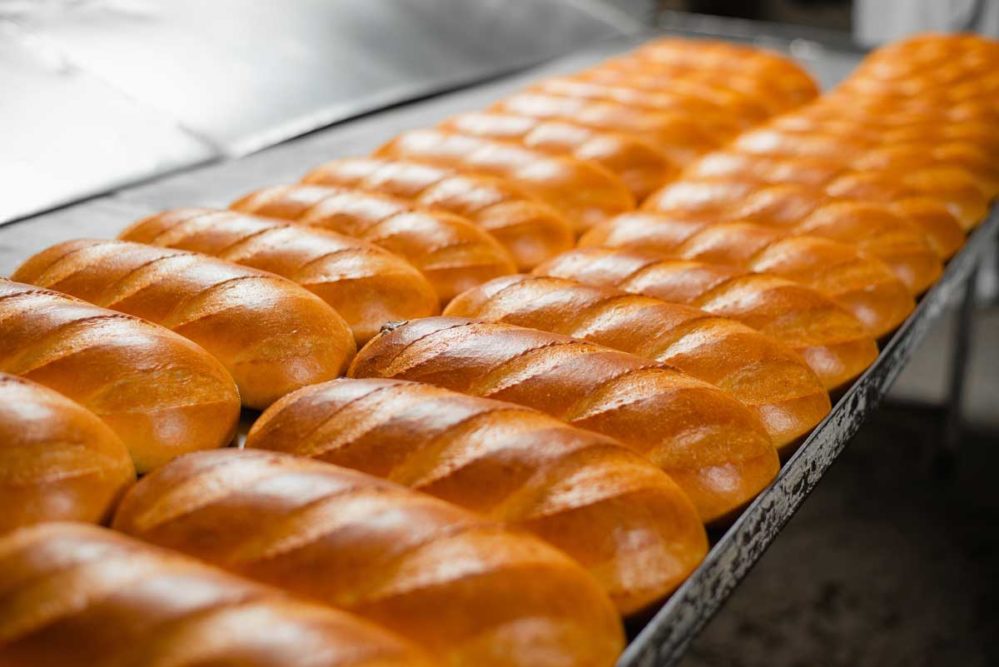 KANSAS CITY — Though describing 2019 as anything but a difficult year for the flour milling industry would be inaccurate, it would be a mistake not to acknowledge the glimmer of light emerging in the final quarterly flour production report of the year. US Department of Agriculture data for October-December 2019 showed a 0.2% increase in milling outturn of flour from the final quarter of the year before. The fourth was the only quarter of the year in which flour production was not down at least a full percentage point from the same quarter a year earlier. Additionally, miniscule as it was, the gain ended a streak of five consecutive quarters in which flour production was down from the year before, the longest such streak since 2001-02.
KANSAS CITY — Though describing 2019 as anything but a difficult year for the flour milling industry would be inaccurate, it would be a mistake not to acknowledge the glimmer of light emerging in the final quarterly flour production report of the year. US Department of Agriculture data for October-December 2019 showed a 0.2% increase in milling outturn of flour from the final quarter of the year before. The fourth was the only quarter of the year in which flour production was not down at least a full percentage point from the same quarter a year earlier. Additionally, miniscule as it was, the gain ended a streak of five consecutive quarters in which flour production was down from the year before, the longest such streak since 2001-02.
Even with the modest rebound, flour production in 2019 fell to a seven-year low and, down 4,594,000 hundredweights from 2018, endured the largest year-to-year decrease since 2011. Still, weakness in flour demand has not matched the downward slide in the leading flour-based food — commercially baked sliced bread. Under pressure for years, even decades, the bread market appeared especially weak in 2019, with scanner data showing 52-week sales volume down as much as 4% from a year earlier.
Helping reconcile the concerning trends in flour with the more alarming data on sliced bread are results of a triennial survey published in the February issue of Baking & Snack, sister publication of Milling & Baking News. The survey presents a snapshot of the sentiment, financial picture and business plans of 320 wholesale baking companies. Compiled by Kansas City-based Cypress Research Associates, the survey encompasses bakers of all sizes — about 30% of respondents have annual sales exceeding $500 million, another 30% have sales between $50 million and $499 million and the balance have sales below $50 million. The bakers’ product lines include mostly bread, crackers and cookies, with smaller numbers baking artisan bread, frozen dough, tortillas, bars and pizza.
In terms of bakers’ financial picture, many measures in the survey showed little if any deterioration in 2019 from three years earlier. For instance, 38% of bakers described their business as “firmly in the black” and 52% said “financially sound,” nearly identical to 2016. More than half the respondents said they were on track for higher sales in 2019 than the year before and expected sales gains in 2020 from 2019 (though the percentages were smaller than in 2016). More than a third expected gross margins to be up for the year in 2019 with only 14% expecting tighter margins. Additionally, margins in 2019 were estimated to have widened by 230 basis points from 2018. In 2016, the margin improvement from a year ago was estimated at only 160 basis points.
Another hopeful sign, 37% of respondents expected to add to its workforce in 2020 from 2019 with only 10% reducing employees.
Signs meriting concern emerged in the study as well. Bakers last year forecast they would spend 8% of 2019 revenues on capital projects, versus 14% projected in 2016 for the following year. Labor issues, beginning with a lack of skilled workers, have emerged as bakers’ top concerns going into 2020.
Perhaps most dispiriting was only 27% of bakers said the outlook for baking was better for 2020 than conditions in 2019. By contrast, 54% of bakers in 2016 believed conditions would improve in the new year.
These concerns aside, the net takeaway from the Baking & Snack survey is the picture for the flour-based foods industry is more nuanced and varied than may be gleaned by a review of sliced bread scanner data or aggregate US flour production. While numerous segments of the baking industry are struggling, many others remain on solid ground. The concerns expressed by the bakers about the industry’s outlook should not be ignored, but the totality of the data underscore the healthful diversity and resilience that continues to characterize the baking industry solidly into the 21st century.






